The Habitat Summit is a one-day, multi-session workshop where national experts share the latest land management techniques. Whether you’re managing your land for pollinators, timber, or game species, this is your one-stop shop to connect with the experts.
Continuing Education Credits Available
Forestry CFES
Pesticide Credits
The Wildlife Society
Keynote: Dr. Marcus Lashley (University of Florida)
Topic: Managing Habitat to Increase Turkey Productivity
Speaker: Luke Resop (Mississippi State University)
Topic: Using Fire Season to Manage Deer Habitat: Research Highlights and Management Implications
Speaker: Dr. Heather Alexander (Auburn University)
Topic: Drivers of Mesophication in Oak Landscapes and Implications for Fire Management
Speaker: Dr. David Coyle (Clemson University)
Topic: Can you Kill it with Fire? Invasive Plant Management Strategies in the Southeast
Speaker: Dr. Chris Moorman (NC State University)
Topic: Fire Effects on Wildlife: Severity, Season, and Frequency of Fire
Speaker: Jake McClain (Quail Forever SC State Coordinator)
Topic: Faulty Perception: Restoring a Comprehensive Vision of Habitat
Speaker: Jeremy Kessinger (Resource Wise)
Topic: Timber Markets: Where we are at today and what may the future hold?
Speaker: Jordan Nanney (Compass South Forestry)
Topic: Integrating Silviculture and Habitat Management in North Carolina Forests
Speaker: Curtis Smalling (Audubon North Carolina)
Topic: Birds Like Your Forest – Let’s Make Them Love It!
Speaker: Thomas Crate (NC State Parks)
Topic: Fire Weather Tips for Prescribed Fire Practitioners
Speaker: Bonner Powell (Mississippi Department of Wildlife)
Topic: Restoring and Managing Native Early Successional Plant Communities in the Eastern United States
Speaker: Emily Callicutt (Three Rivers Land Trust)
Topic: Leaving a Legacy – An Introduction to Conservation Easements
Speaker: Mikah Carver-McGinn (NC State University)
Topic: From Forest to City – How Urbanization Shapes Deer Movement and Survival


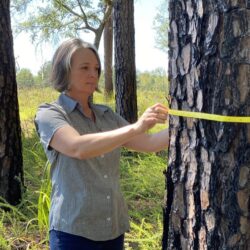

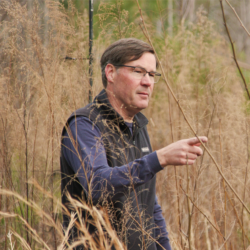
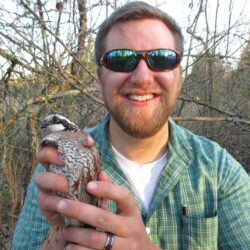

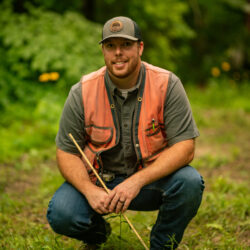
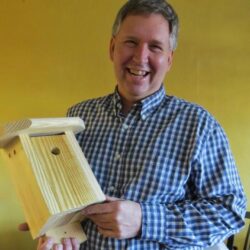
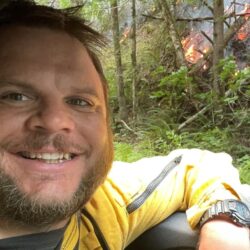
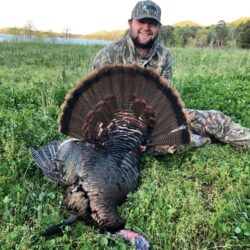
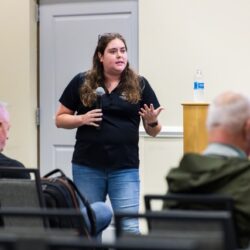
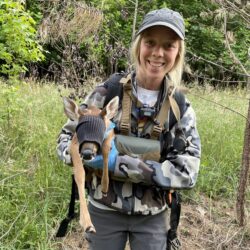
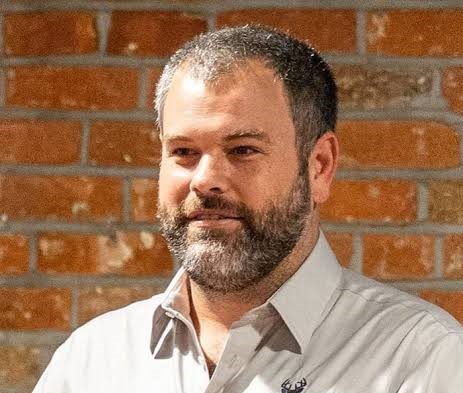

Bio: Marcus is an Assistant Professor of Wildlife Ecology and Conservation at the University of Florida. He received a B.S. in Forestry with Wildlife Management emphasis from Mississippi State University; an M.S. in Wildlife and Fisheries from University of Tennessee; and a Ph.D. in Fisheries, Wildlife, and Conservation Biology from North Carolina State University. Marcus is interested in disturbance ecology and how plant community structure influences interactions between competitors and predator-prey dynamics.
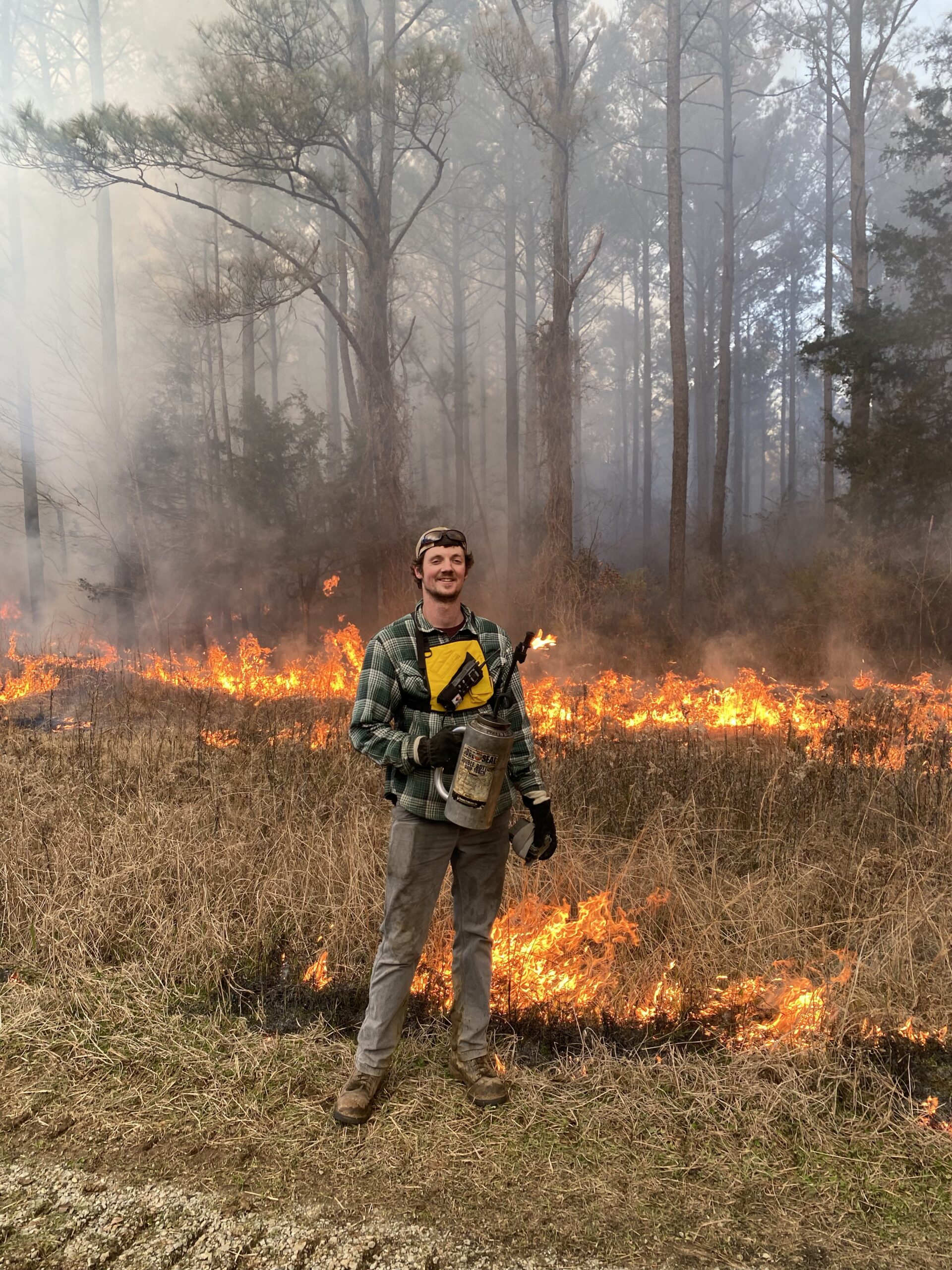

Abstract: Prescribed fire is a valuable tool for deer habitat management, but the benefits of fire are diminished when fire is restricted to a single season. Dormant-season fire tends to promote re-sprouting perennials, such as trees, shrubs, brambles, and perennial forbs. Growing-season fire tends to promote greater coverage of herbaceous species, and depending on timing within the growing season, may be used to reduce coverage of woody plants. The structure and composition of plant communities influences all aspects of deer life-history, and prescribed fire, when implemented carefully, can be used to fine-tune plant communities to meet deer habitat management objectives.
Bio: Luke grew up in southcentral Pennsylvania where he developed an admiration for the outdoors. He received his BS from Virginia Tech in Wildlife Conservation and his MS from Mississippi State University studying the impacts of fire on plant communities with a focus on deer habitat. Luke is currently working on his PhD in food plot and old-field management at Mississippi State.
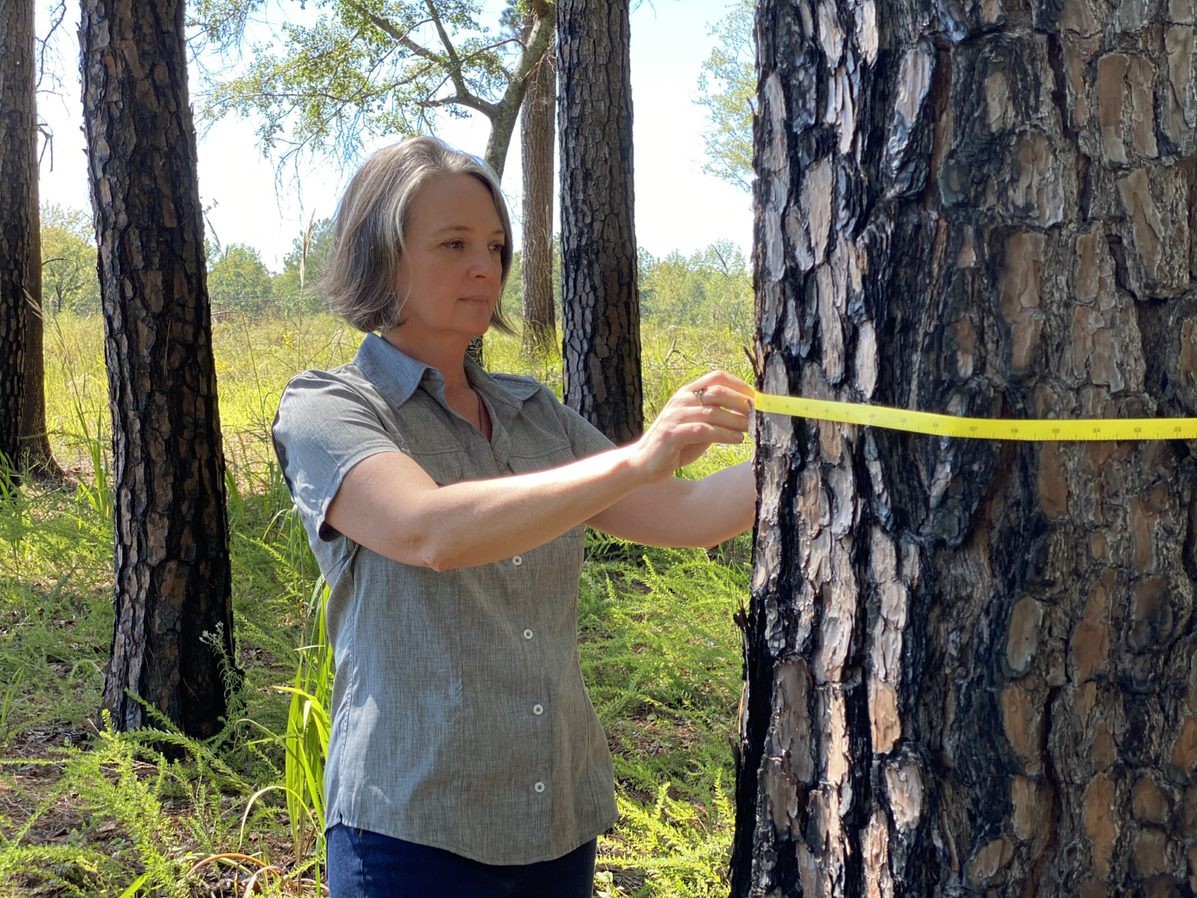

Abstract: Across the central and eastern U.S., historically fire-adapted oak savannas and woodlands are shifting to dense, multi-layered, closed-canopy forests of shade-tolerant, fire-sensitive, and/or opportunistic tree species. One possible explanation for this shift is mesophication, a multi-phased process by which fire exclusion encourages the densification of stands by encroaching tree species (i.e., mesophytes), whose traits then create shadier, cooler, and wetter understory conditions and a leaf litter fuel bed that dampens fire, allowing mesophytes to self-perpetuate while hindering regeneration of pyrophytic tree species. Our research identifies mechanisms of mesophication and consequences for restoring and conserving upland oak landscapes.
Bio: : Dr. Heather D. Alexander is an associate professor of forest and fire ecology and the Dwain G. Luce Endowed Professor of Forestry in the College of Forestry, Wildlife, and Environment at Auburn University, where she teaches classes in forest ecology and forest fire management. Her research program at Auburn focuses on understanding forest ecosystem vulnerability in the face of changing fire disturbance regimes using observations across natural gradients and field-based experimental manipulations. She has studied fire effects on the composition, structure, and function of oak, mixedwood, and pine forests of the eastern U.S. for 20 years and has a strong interest in understanding the implications of mesophication for carbon dynamics and forest flammability.
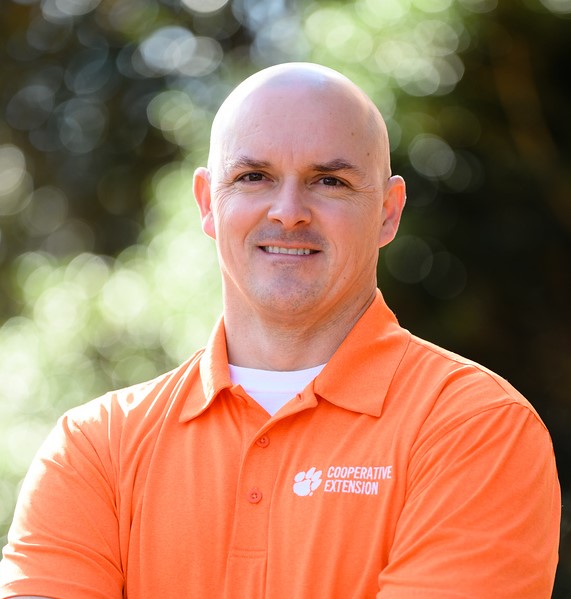

Abstract: Land stewards throughout the southeastern U.S. frequently encounter multiple invasive plant species in their quest to manage natural and managed areas. With management goals ranging from increasing productivity to improving wildlife habitat to enhancing biodiversity, multiple approaches are necessary to achieve desired goals. While the use of herbicide is a known successful tactic for invasive plant management, the use of prescribed fire is less known in terms of its overall impacts and efficacy. This talk will highlight several of the more prominent invasive plants in the Southeast and outline management tactics that do and do not work for their control. In many cases, an integrated approach is the most effective, and these strategies will be discussed in the context of invasive plant management.
Bio: Dr. David Coyle is an Associate Professor in the Department of Forestry and Environmental Conservation at Clemson University. His extension and research program focuses on forest and tree health and invasive species management in natural and managed landscapes across the Southeast, and he creates educational materials for professionals and non-professionals on everything from invasive plants to native and invasive arthropods. Dave is Past-President of the North American Invasive Species Management Association and has won national awards from the North American Invasive Species Management Association, Society of American Foresters, Forest Landowner Association, and Entomological Society of America. He grew up on a farm in southeastern Minnesota and completed his B.A. in Biology at Luther College, M.S. in Entomology and Forestry at Iowa State University, and PhD in Entomology at the University of Wisconsin.
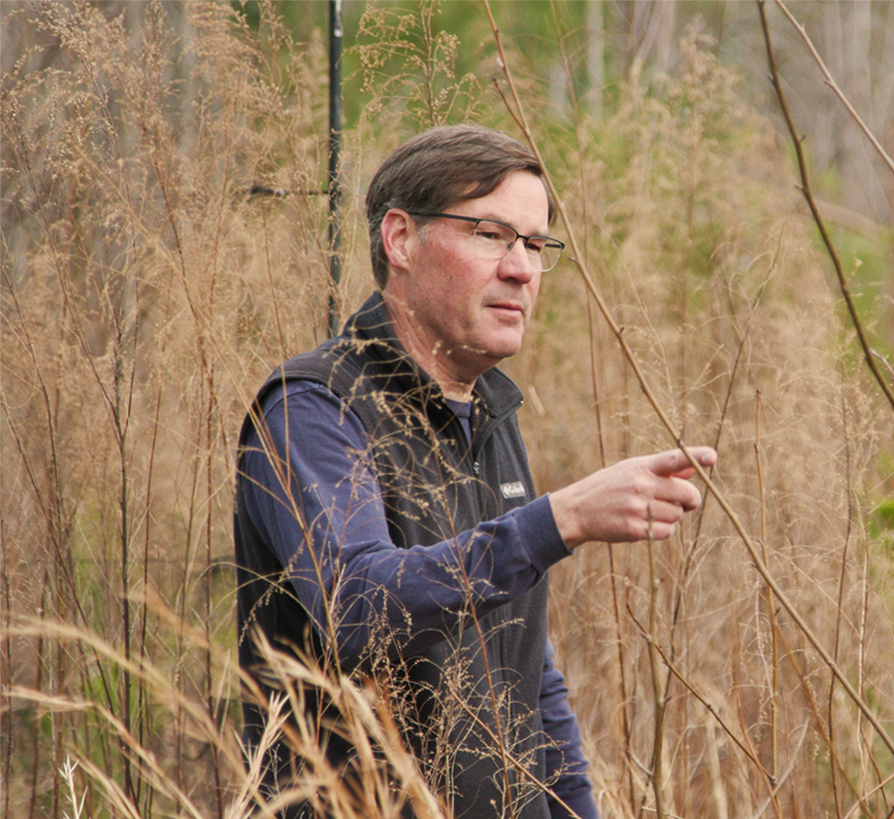

Abstract: Moorman will explain the ecological role of fire in creating and maintaining habitat for a variety of game and non-game wildlife. The presentation will emphasize the importance of defining focal wildlife species when considering fire effects, as there always are winners and losers with any management action, or lack thereof. In other words, individual species respond uniquely to fire effects. Wildlife species indirectly respond to the changes in vegetation structure and composition created by fire(s), and less commonly directly to the fire itself. So, wildlife managers must primarily be vegetation managers. Therefore, Moorman will describe how fire severity, season, and frequency drive changes to vegetation and hence determine indirect effects on wildlife. The presentation will weave a story of fire effects based on a series of published studies from the Sandhills and Southern Appalachians of North Carolina to the Sierra Nevada mountains in California.
Bio: Moorman is a Professor of Wildlife Ecology and Associate Head of the Department of Forestry and Environmental Resources. His research is focused on understanding the effects of global change, especially land use change, on wildlife. The research typically is applied and often employs large-scale, replicated environmental manipulations. More specifically, he focuses on forest wildlife management with emphasis on fire ecology, conservation of wildlife in agricultural landscapes, avian ecology and conservation in temperate and tropical regions, and urban wildlife ecology and management. Recent research projects include study of bird and vegetation response to sea-level rise and associated salinization, community restoration fire effects on wildlife, and effects of weather and future climate on eastern wild turkey reproduction. He was the lead editor for the book Renewable Energy and Wildlife Conservation, published in 2019. Moorman teaches courses focused on wildlife-habitat relationships, including a study abroad focused on tropical wildlife ecology in Ecuador.
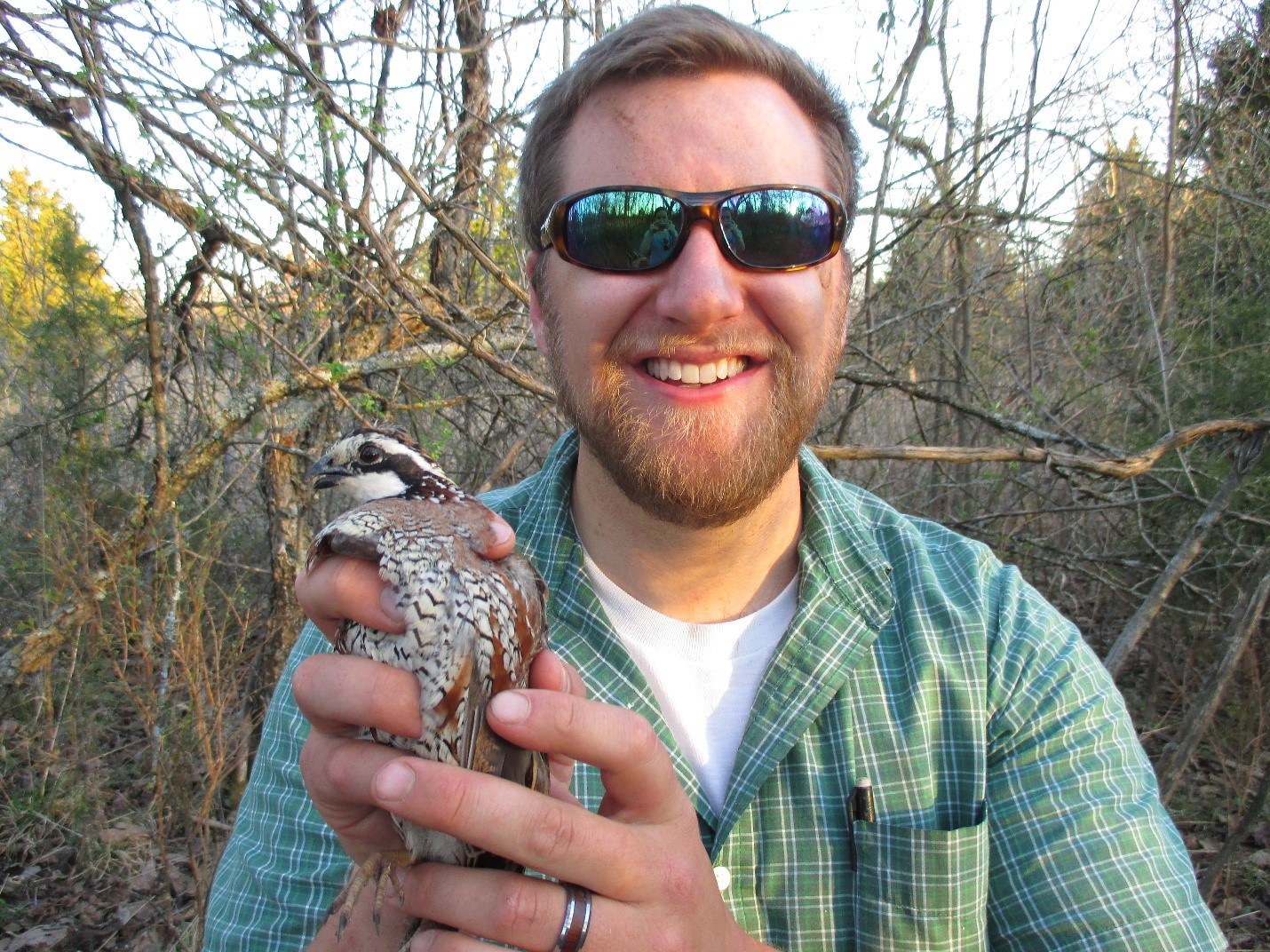

Abstract: The Northern Bobwhite is one of the most intensively studied bird species in the world. Despite a wealth of knowledge on the practices and habitat qualities that quail need to sustain and/or increase populations, one of the greatest barriers to successful conservation efforts is a faulty perception of hunters, landowners and land managers of what encompasses quality habitat. Preserve hunts, magazine photos, educational fliers, personal experience, and human nature have often negatively influenced how we how we view and judge habitat. The commonly referred to “Rule of Thirds” offers an excellent starting point in restoring a comprehensive vision of what truly constitutes good habitat. In this presentation we will dive into the nuances of cover types, individual species, and balance that is required in quail habitat management.
Bio: Jake McClain is the South Carolina State Coordinator with Quail Forever where he supervises a talented team of biologists and technicians. He graduated from the College of William and Mary with a B.S. in Biology in 2014. In 2016 he earned his M.S. from the University of Arkansas where he studied the spatial ecology and density of nest predators on public lands in SW Missouri. In 2022, McClain co-founded the first PBA (Piedmont Prescribed Fire Cooperative) in South Carolina. He lives in the Upstate of SC with his wife and two children.


Abstract: Kessinger’s discussion will focus on current pine markets of the Carolinas including pine fiber. There will be a specific focus on current trends, predicted trends, and emerging markets across the South.
Bio: With 28 years in Timberland Investment Management Organizations (TIMOs), Jeremy Kessinger combines land management expertise with business acumen to optimize operations and profitability. At ResourceWise, he supports customers through service, training, and helping identify additional solutions, while actively contributing to product development as the voice of the customer. Previously, Kessinger served as Regional and Area Manager at Greenwood Resources, leading teams across seven states and driving income growth, land sales, and long-term planning. He also held roles with Hancock Forest Management and Resource Management Service. Kessinger holds a B.S. in Forestry and Wildlife Management from Virginia Tech and is a registered forester in SC, NC, and AL.


Abstract: Over 60% of North Carolina’s land base is comprised of forestland which accounts for more than 18.7 million forested acres (83% private, 17% public). Decisions made when managing (or not managing) forests directly influence habitat quality for wildlife species. Traditional silviculture practices offer notable benefits to many wildlife species, but those benefits are often short-lived and generally result in moderate increases in habitat quality for wildlife species associated with forest disturbance. The most popular game species in North Carolina are white-tailed deer followed by wild turkey and small game species such as rabbits and quail. These species collectively benefit from forest disturbance and require the resulting vegetative characteristics to meet a portion of or all their habitat requirements. Strategic timber harvesting strategies and intermediate forest management practices can be used to integrate silviculture and habitat management on private and public forestlands across North Carolina. I will discuss practical options in hardwood systems and pine systems that will hopefully stimulate ideas for implementation on properties you manage where landowner objectives require considerations for both silviculture and habitat management.
Bio: Jordan grew up in Rutherford County, NC and now serves as Director of Field Operations for Compass South Forestry, LLC. He has worked in several capacities as a wildlife biologist and forester since 2013 helping to manage private forestlands, along with state and federal lands, in the Carolinas and across the Southeast. He received his A.A.S in Fish and Wildlife Management from Haywood Community College then a B.S. in Fisheries, Wildlife, and Conservation Biology from NC State University. After graduating from NC State University, Jordan earned his master’s degree from the University of Tennessee, where he studied the influences of forest management practices on habitat quality for various wildlife species. He is a NC Registered Forester, Certified Forester® with SAF, and a Certified Wildlife Biologist® with TWS.
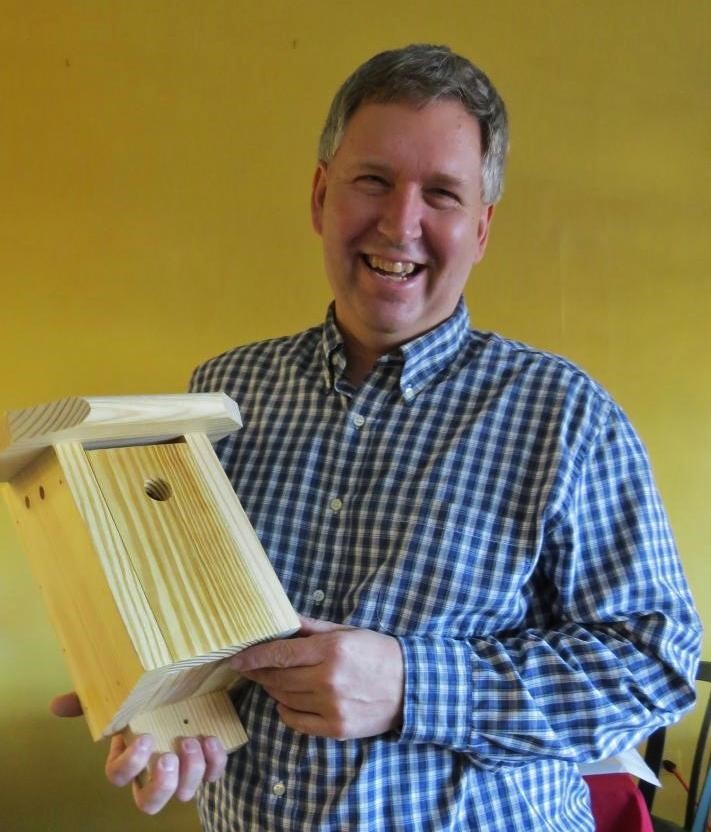

Abstract: Forest and land management can have significant impacts on birds and thinking about what to do, where to do it, and how much of it is needed is a step toward optimizing bird usage on your land, in your neighborhood, and region. We will discuss some of the tenants of songbird management, for a full suite of birds that need our help.
Bio: Curtis is a 1985 magna cum laude graduate of Appalachian State University with a Bachelor of Arts in Biology and in 1996 received a Master of Arts in Appalachian Studies A life-long bird watcher, Curtis began watching birds with his grandfather, who was very interested in Purple Martins. With Audubon NC for more than 23 years, his current position is Vice President and Executive Director. He is a member of several conservation committees including the International Golden-winged Warbler working group (including working on this species and others on their wintering grounds in Nicaragua), chair of the NC State Scientific Council Bird Committee, and a member of the steering committee for the Bird Atlas effort in NC. He has been involved in wind and bird interactions for two decades, including service on NC’s first wind working group and helping draft legislation and model local ordinances regarding wind energy in NC. He is a contributing author or editor for several books, publications, and peer reviewed papers. He resides in Garner, NC with his wife of 42 years, Mary, and has three children and five grandchildren.
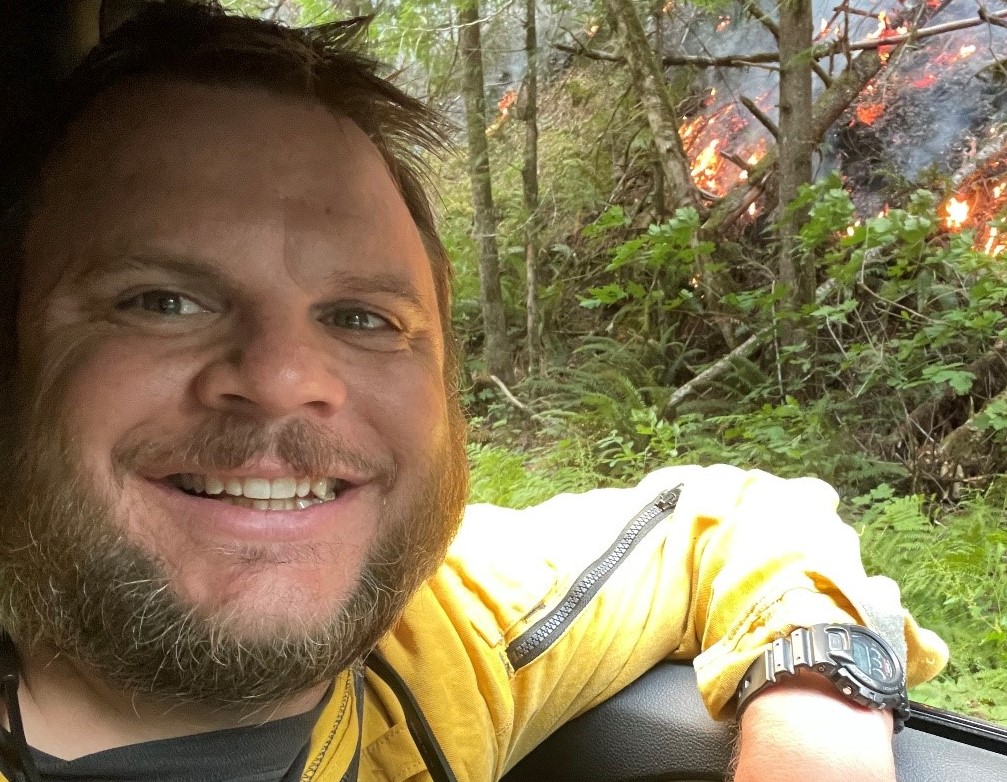

Abstract: Are you interested in prescribed fire management? In this 1-hour session we will look at fire weather intelligence products and smoke models to assist in opening more opportunities for prescribed burning. We will look at interpreting weather forecasts, burn plan parameters, and help with the decision process for a GO or NO-GO burn day on borderline days or when faced with smoke challenges.
Bio: Thomas Crate is the Fire Management Officer for North Carolina State Parks. Thomas is responsible for overseeing the implementation and management of fires on state park lands. Thomas is a unit instructor for S-290 Intermediate Fire Behavior, S-390 Introduction to Wildland Fire Behavior Calculations, and a field instructor for the North Carolina Certified Burner Course. Thomas is a North Carolina State Certified Burner and is nationally qualified as a Type 2 Burn Boss. Thomas is a lifetime member of the North Carolina Prescribed Fire Council and former President.


Abstract: Restoration of nonnative grasslands to native early successional plant communities has been a conservation focus throughout the United States for several decades. Restoration technique and subsequent management greatly influence the resulting plant community. Managers and landowners should consider both restoration technique and management practices available to them to closely meet their objectives.
Bio: Bonner Powell is a graduate of Mississippi State University and the University of Tennessee. He is currently a private lands biologist with Mississippi Department of Wildlife Fisheries and Parks in North MS and conducts around 100 private lands site visits annually.
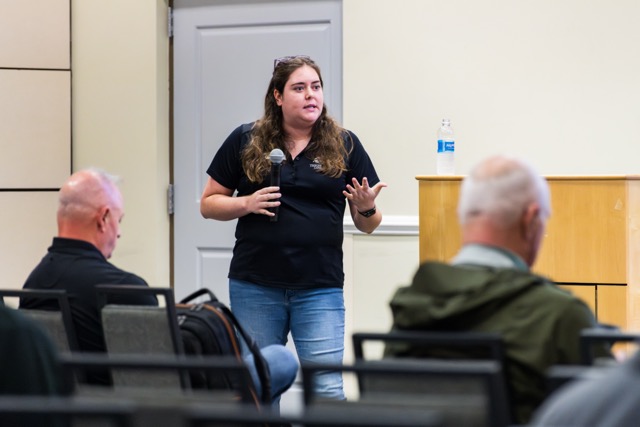

Abstract: Emily’s presentation will discuss the conservation options available to private landowners. Topics include donated conservation easements, purchased conservation easements, property acquisition, and conservation land donations. Conservation options for farm and forest land will be discussed in detail.
Bio: Emily began working for Three Rivers Land Trust in February 2021. She attended North Carolina State University where she graduated with a Bachelor of Science in Fisheries, Wildlife, and Conservation Biology in the spring of 2020. Emily graduated from Clemson University with a Masters degree in Wildlife and Fisheries Resource Management in December of 2023. She is also a Certified Associate Wildlife Biologist. Before coming to the Land Trust, she worked on wildlife management projects for private companies and managed the hunting program on a wildlife refuge. As a Montgomery County native, Emily is passionate about conserving the natural lands she has been able to enjoy in the region. In her spare time, Emily is an avid birder and also enjoys hiking, paddling, and baking.
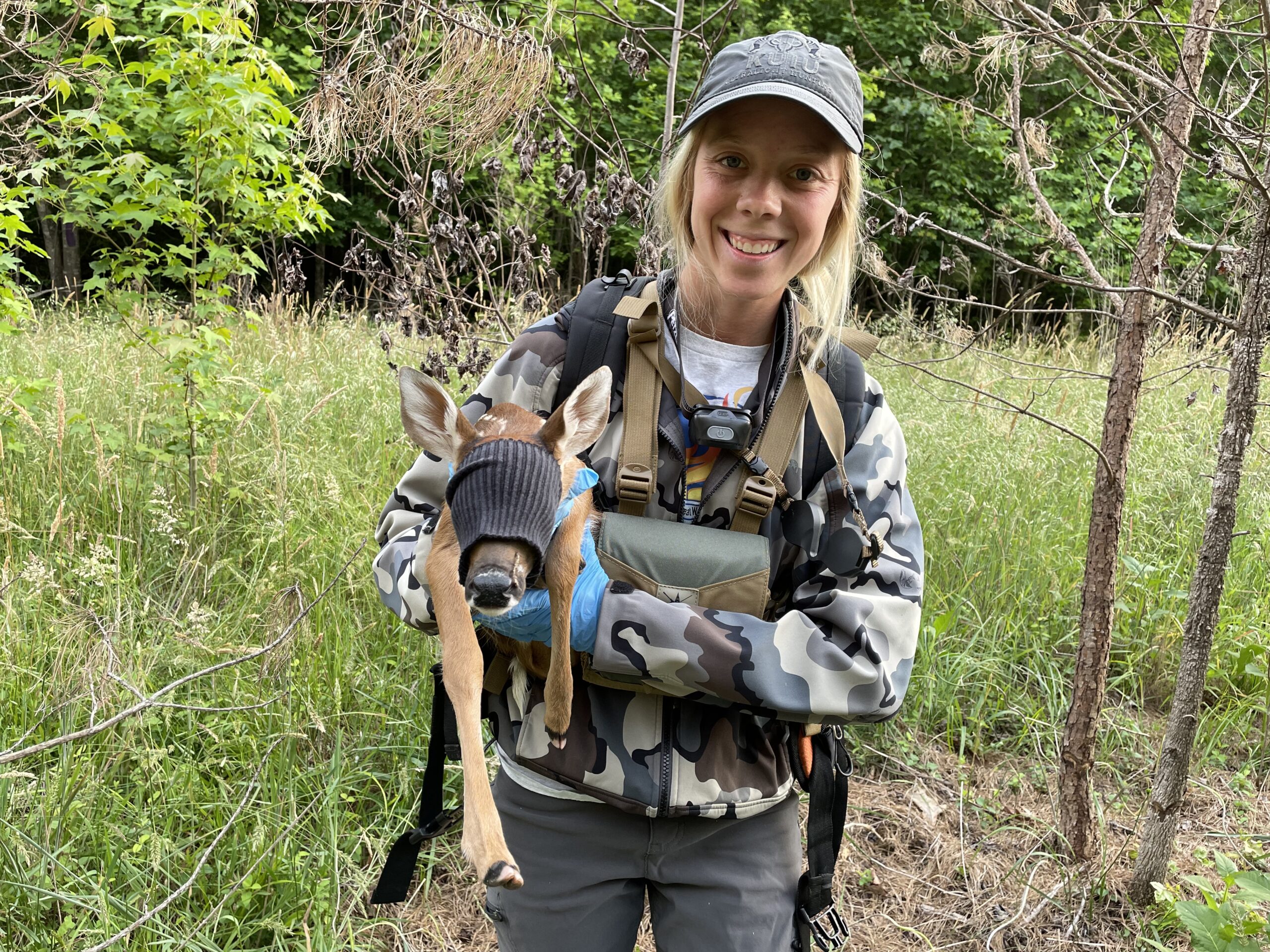

Abstract: Urbanization changes landscapes and the resources available to wildlife, often leading to changes in how individuals acquire food and cover and to reproduction and survival at the population level. We conducted a three-year telemetry study in North Carolina to examine how urbanization influences white-tailed deer movement, resource selection, survival, and causes of mortality including hunting. We will present results for adult male and female deer and for young fawns. Results of the study improve our understanding of deer populations in urban areas and can inform future management decisions as North Carolina continues to urbanize.
Bio: Mikiah Carver-McGinn is a Ph.D. candidate in the Fisheries, Wildlife, and Conservation Biology Program at North Carolina State University. Her research focuses on how urbanization affects white-tailed deer ecology, including their movement patterns, resource selection, and mortality risks across urban-rural gradients. She earned her B.S. in Geography and M.S. in Wildlife and Wildlands Conservation from Brigham Young University, where she studied the impact of feral horses on greater sage-grouse populations.